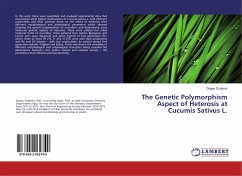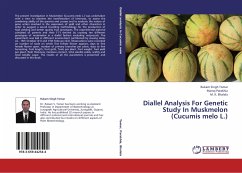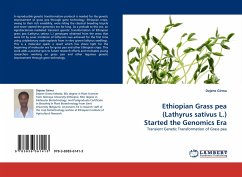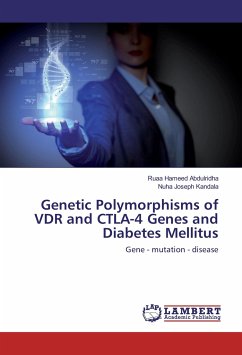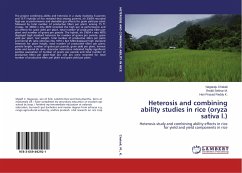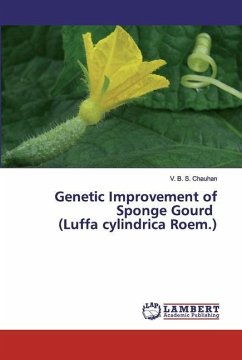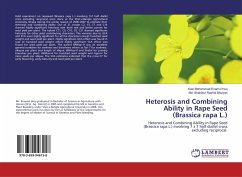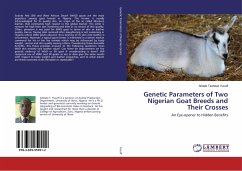In this work there were assembled and analyzed experimental data that characterize some hybrid combinations of Cucumis sativus L. with different productivity and their parental forms on the effect of heterosis after different morphological and physiological parameters which allowed assessing the genetic polymorphism of cucumbers and determining some molecular genetic aspects of heterosis. There were utilized five initial maternal forms of cucumber, three paternal lines (where Beregovoi and Favorit sorts were departed) and seven hybrids of first generation (F1), where three of them ( 273, 274, 275) were with high productivity and H6 and H7 hybrids - with low productivity. As control served first generation hybrids- Vzglead and Epilog. There was shown the variability of different morphological and physiological characters being revealed the dependence between root system volume and catalase activity - the parameters that influence plant productivity.
Bitte wählen Sie Ihr Anliegen aus.
Rechnungen
Retourenschein anfordern
Bestellstatus
Storno

